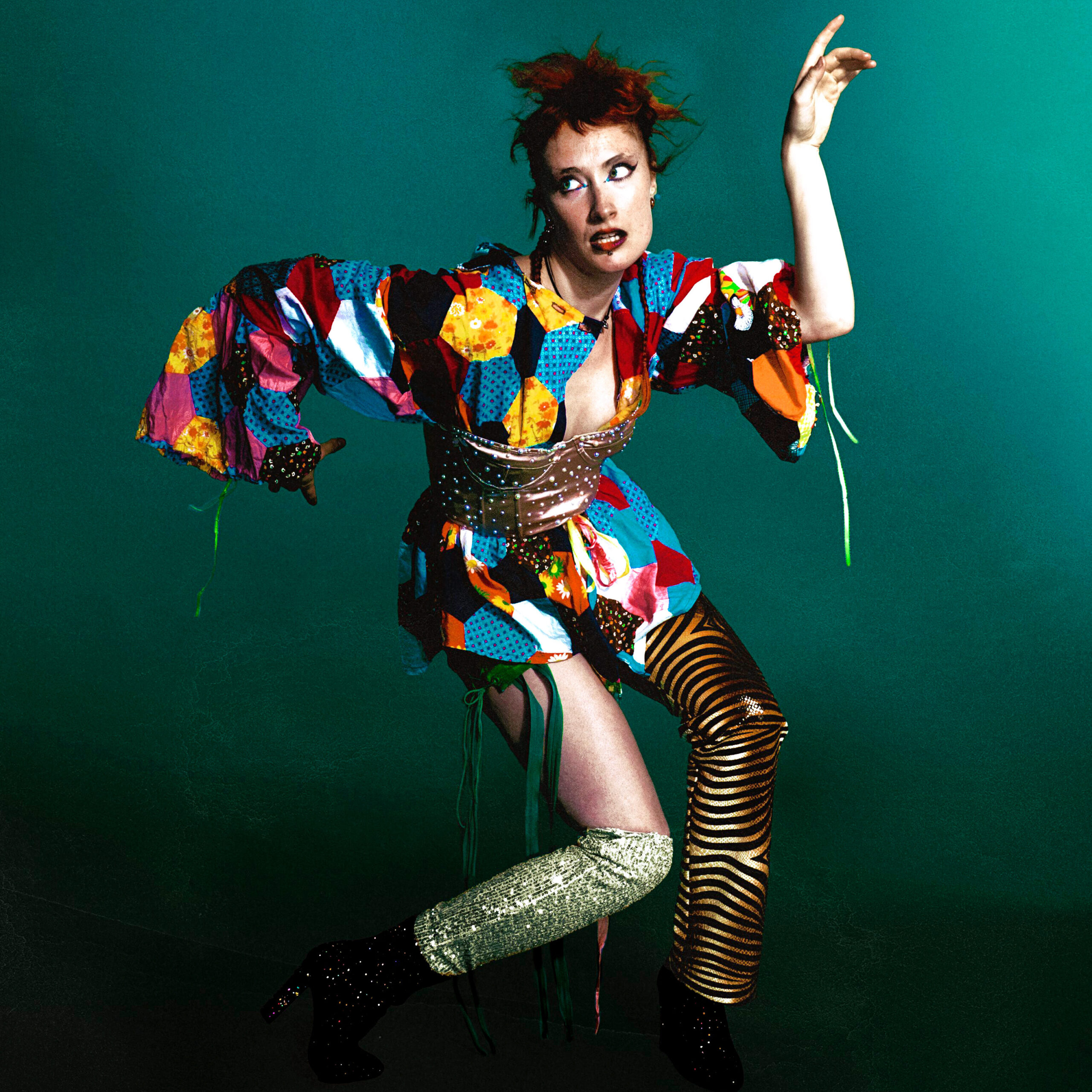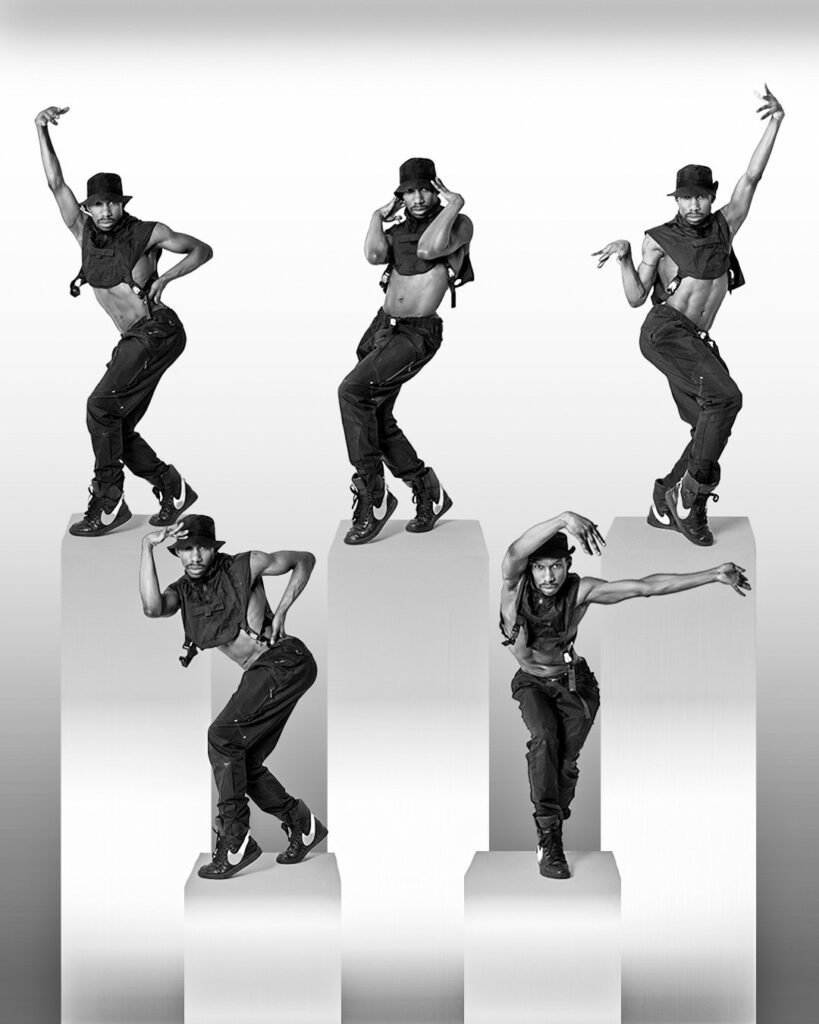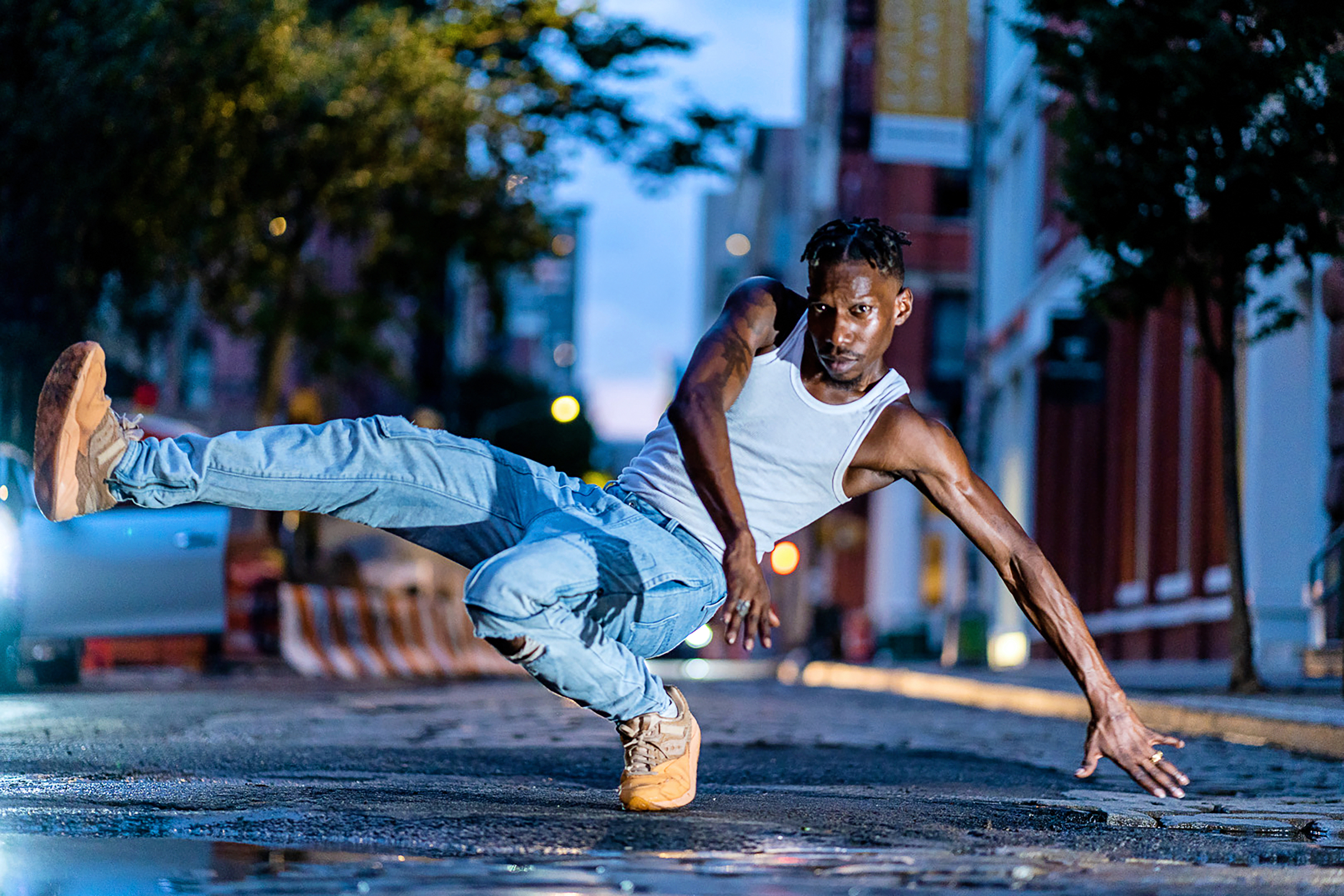3 Tips for Moving Seamlessly Between Different Dynamics
Watching a dancer who is adept with using different dynamics in their movement can be a breathtaking experience. Pairing sharp, staccato movements with sections of slow, fluid choreography can create stunning contrast, and focusing on a specific way of moving can bring distinct personality to a character or role. No matter which dance style you specialize in, taking the time to hone movement dynamics can bolster your artistry, enhance your choreography, and help your dancing stand out.
Proper Preparation
As with any new skill, it can be helpful to start with a series of targeted exercises to warm up and prepare your body for the challenges of the day. Omari Wiles, who founded both Les Ballet Afrik, a dance company specializing in West African, Afrobeat, house, and vogue dance styles, and the House of NiNa Oricci, a ballroom house that appeared in the second season of HBO Max’s “Legendary,” changes his warm-up based on what style of dance—and the dynamic within that style—he’ll be working with that day.
“If I’m doing vogue fem, then I’m going to do warm-ups that are catered to the flow of feminine movement to the hips and to the back. I’m going to do a lot of wrist rotation and softer movement,” he says, adding that targeting both strength and flexibility in your warm-up will help you to access and support the full range of motion that diving into those dynamics might require.
Madaline “Mad Linez” Riley, a freelance dancer and choreographer who has worked with artists like Lady Gaga, Dua Lipa, and Sam Smith, incorporates bold dynamic shifts into her movement style. Riley (who uses she/they pronouns) recommends branching out to study a new style of dance, or even another art form, if you’re hoping to harness a particular dynamic. For them, studying animation, a type of popping, helped in mastering small, isolated movements.

Keep Music in Mind
Musicality plays a big role in cultivating the ability to shift between different dynamics in movement, Riley says. Paying attention to the nuances of the music can help you channel similar feelings into your dancing.
Riley recommends studying the music, including the culture or time period it comes from, as intently as you might study the choreography. Attune yourself to each instrument’s role in the overall work and explore each element of the composition. “Familiarize yourself with the dynamic journey of a song, how different layers of music are able to create that, and how you can work together with the music to really bring in the story of the piece,” they say.
Wiles adds that aligning your movement with the music’s cadence can also help with dynamic shifts. “You might change the phrase out when you hear a note change in the music, when you hear a new sentence in the song, or you might hear a new beat or other instrument added,” he explains.
Focusing on the music will not only help you with movement dynamics, Riley says, but it can also be a useful skill when collaborating with musicians—or if you want to try your hand at making your own music for a piece.
Focus on the Breath
Tuning in to your breath is another way to feel connected to the dynamics of a dance style or piece of choreography. Wiles considers both breath and timing to be important building blocks for cultivating this skill. “That is the first thing that you have to be able to control in order to then control your movement, the textures of your movement, and the dynamics of your movement,” he says, adding that focusing on the breath can help a dancer move past overanalysis in order to develop a more natural, intuitive approach to dynamics. “You can really start to not overthink and process what the movement is,” he says, “and you can take in what the feeling is.”
Patience Makes Perfect
Often, learning a new skill can take a little time. Plus, the new ways of moving necessitated by specific movement dynamics can present a challenge if they’re less familiar. Omari Wiles, founder of Les Ballet Afrik and the House of NiNa Oricci, reminds dancers to have patience and grace with themselves, especially when it may be tempting to want to see instant results. “Learning how to contract and release your muscles, that’s something that you have to get used to,” he says. “You have to really get in tune with your muscles, how you use them, and how you activate them.”






